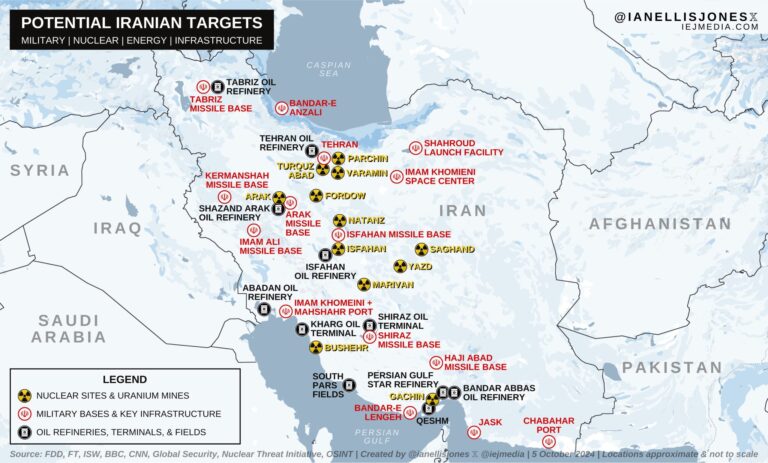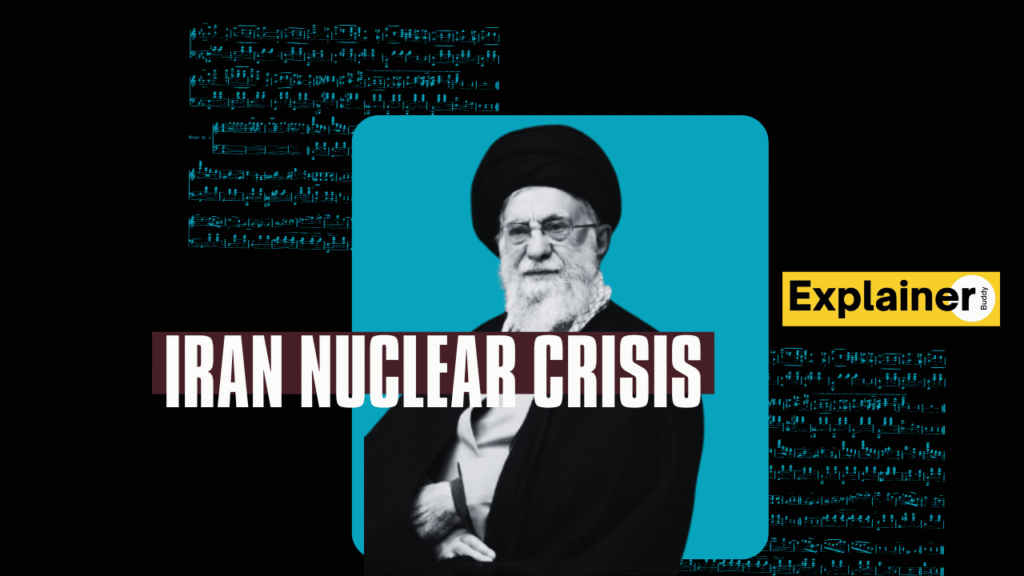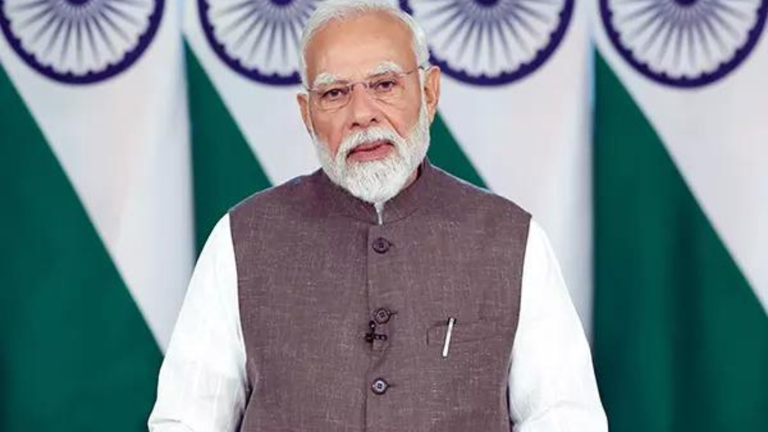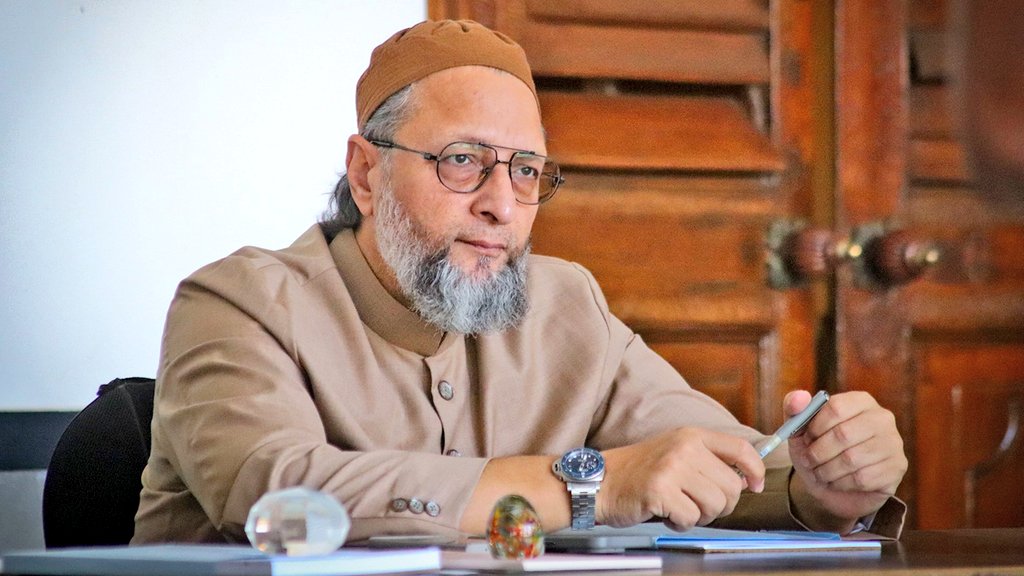How Iran’s Growing Uranium Stockpile and IAEA Warnings Could Trigger a New Middle East Crisis
Global tensions reignited after a confidential International Atomic Energy Agency (IAEA) report revealed that Iran had drastically expanded its enriched uranium stockpile—dangerously close to weapons-grade levels. With Iran issuing stark warnings and global powers reacting sharply, the stakes have rarely been higher. This crisis could upend the already fragile security architecture of the Middle East and spark a wider geopolitical chain reaction.
"REGIONAL WAR IN THE MIDDLE EAST"
— WORLD AT WAR (@World_At_War_6) May 30, 2025
Top security officials believe a military strike on Iran’s nuclear sites is both possible and necessary to prevent Tehran from acquiring nuclear weapons.
Unnamed Israeli officials:
"Israel will not allow Iran to possess nuclear weapons!
"No… pic.twitter.com/J6KvlJ6Yzw
In this article, we break down the origins of the Iran nuclear deal, the details of the 2025 IAEA report, Iran’s response, and the broader implications for global diplomacy and regional security. Whether you’re trying to understand Iran’s nuclear ambitions or the potential fallout of this standoff, this explainer will give you a clear, structured overview of one of the most critical global issues today.
Understanding the JCPOA and Iran’s Enrichment Timeline
The Iran nuclear issue traces back decades, but the turning point came in 2015 with the Joint Comprehensive Plan of Action (JCPOA)—a landmark agreement between Iran and six world powers (US, UK, France, Germany, Russia, China) aimed at limiting Iran’s nuclear capabilities in exchange for sanctions relief. The deal capped Iran’s enriched uranium stockpile at 202.8 kg and restricted enrichment levels to 3.67%.
However, in 2018, the US unilaterally withdrew from the deal under President Donald Trump, reimposing sanctions. In response, Iran gradually ramped up its nuclear program beyond JCPOA limits. Since then, IAEA inspections have raised increasing concern over undeclared sites and Iran’s reduced transparency.
Key nuclear concepts:
- Enriched Uranium: Uranium with increased U-235 isotope concentration; weapons-grade is 90% purity.
- IAEA: The global nuclear watchdog monitoring compliance with non-proliferation agreements.
- JCPOA: The 2015 Iran nuclear deal limiting nuclear material and activity.
Iran’s Enriched Uranium Stockpile Sparks International Alarm

As of May 17, 2025, the IAEA reported that Iran now possesses:
408.6 kg of uranium enriched up to 60% purity – alarmingly close to weapons-grade material. 9,247.6 kg of total enriched uranium stockpile – more than 45 times the JCPOA limit.
This is the first time a non-nuclear-weapon state has stockpiled uranium at this scale and purity, marking a red line for many nuclear experts. The IAEA flagged undisclosed enrichment facilities and uranium traces found at secret sites. Iran’s cooperation has been described as “less than satisfactory,” fueling international suspicion about its true intentions. The IAEA findings have rattled Western capitals, prompted emergency meetings, and raised the likelihood of UN sanctions being reimposed or a formal IAEA Board of Governors censure at the upcoming June 2025 session.
Iran’s Reaction and the Global Diplomatic Fallout
Iran responded fiercely. Foreign Minister Abbas Araghchi warned that any attempt by the US or European powers to “exploit” the report would trigger “retaliatory action.” Tehran rejected the report as “politicized” and insisted its nuclear program is strictly for peaceful purposes, primarily for medical and energy use.
However, France, the UK, and Germany have signaled they may trigger the JCPOA’s dispute resolution mechanism, which could ultimately lead to UN sanctions being reimposed. Meanwhile, the US is drafting a resolution to present to the IAEA Board, further escalating the diplomatic showdown. Israel, viewing Iran’s nuclear ambitions as an existential threat, issued an urgent call for international action. Prime Minister Netanyahu made a rare public address on the Sabbath, stating that “Iran’s actions have no civilian justification whatsoever.”
With these developments, Middle East tensions are on a knife’s edge, and the risk of military confrontation—either preemptive or retaliatory—is rising.
What’s at Stake: Regional Escalation and Global Consequences
The IAEA’s latest report, revealing Iran’s unprecedented uranium enrichment levels, lands just as US-Iran backchannel talks—mediated by Oman—struggle to break deadlock. Iran’s sharp warning against Western “political manipulation” of the findings and its vow to retaliate has added fuel to a diplomatic fire. As a result, Tehran’s position is likely to harden, reducing the chances of meaningful compromise. With no new agreement in sight and both sides digging in, the Joint Comprehensive Plan of Action (JCPOA) appears to be on the verge of collapse.
The latest IAEA report leaves zero room for doubt, Iran is racing toward nuclear weapons.
— Yossi Zilberman 🎗️ (@YossiZilberman) May 31, 2025
📢 The time for decisive international action is now.
Despite years of global warnings, Tehran is fully committed to crossing the nuclear threshold.
This isn’t a peaceful program. This is… pic.twitter.com/UHNq27uULU
The crisis reverberates beyond Iran’s borders. The Middle East faces the real risk of conflict escalation if diplomacy fails, potentially dragging in regional powers like Israel, Saudi Arabia, and Gulf states. Nuclear proliferation is a major concern, as rivals such as Saudi Arabia and Turkey may feel compelled to develop their own nuclear programs to counterbalance Iran. Furthermore, any military confrontation in the Gulf—however limited—could destabilize global oil markets, causing price surges and intensifying strain on already fragile supply chains.
With the IAEA Board of Governors set to meet from June 9–13, 2025, the coming weeks are critical. A formal censure or sanctions could provoke swift Iranian retaliation, while any sign of diplomatic progress could still pave the way toward de-escalation. For the West, the dilemma remains: how to respond firmly without tipping the region into war. The stakes are global, and the world watches closely as diplomacy hangs by a thread.
Iran nuclear crisis is not just about uranium levels or IAEA inspections. It’s about global trust, regional stability, and the future of nuclear non-proliferation. If handled poorly, it could spark a new Middle East conflict. If managed wisely, it could reaffirm global commitment to diplomacy and peace. What unfolds in the coming weeks will shape the geopolitical climate for years. This is more than a standoff—it’s a test of international resolve, cooperation, and restraint.





















